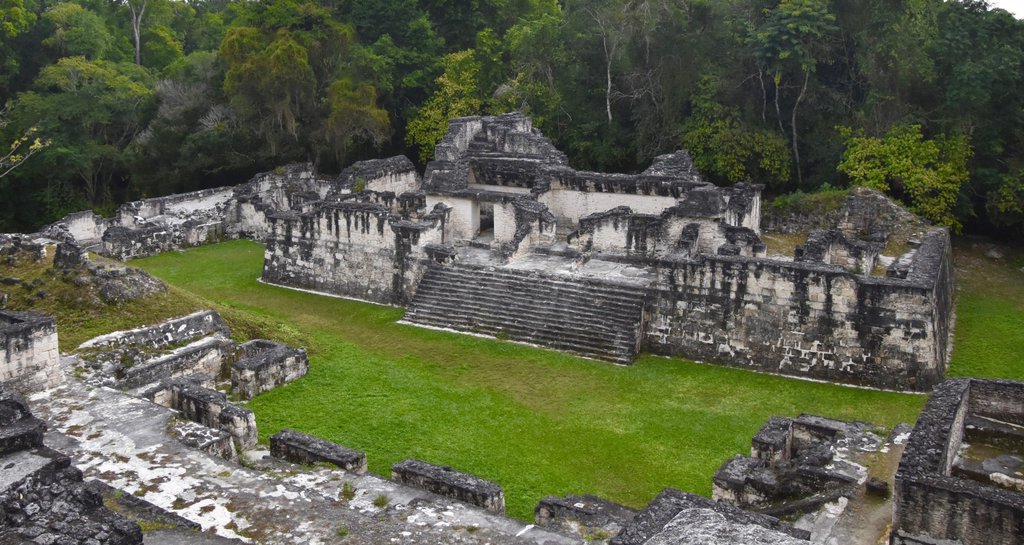Tikal is an ancient Maya city located in present-day Guatemala. It started as a modest series of hamlets and prospered roughly between 600 B.C and 900 A.D. At its peak, it became one of the Maya kingdom’s greatest urban centers with more than two dozen major pyramids.
 It Had an Impressive Water Management System
It Had an Impressive Water Management System
The name “Tikal,” means “at the waterhole” in modern-day Maya. In ancient times, the settlement was known as Mutul and was situated in the heart of the mighty Maya kingdom. It’s one of the largest archaeological sites in Central America and is surrounded by the world-famous Tikal National Park.
At the height of its time, the city spanned at least 50 square miles and had a population that varied between 45,000 and 62,000. This made it one of the largest urban centers in Central America.
Tikal featured a complex water management system, designed by its inhabitants, which offered its large population access to potable and usable water during periods of low rainfall. The system consisted of dams and reservoirs and used sand as a filtration system. It was used by the locals for approximately 1000 years until the city’s demise during the 10th century.

Like most people who lived in the Maya kingdom, Tikal’s residents used glyptic writing inscribed on both perishable materials (mainly tree bark, which unfortunately hasn’t survived) and stone. Scholars have been able to successfully decipher writings on the latter which, in combination with the city’s ruins, has allowed them to learn more about the settlement’s past.
Tikal Was Influenced by Teotihuacan
The first stone-cut buildings were constructed in the city around 200 B.C. But the “Lost World” Complex, one of the first monumental structures to be found in the region was finished around 1 A.D. The first inhabitants at the settlement were Maya and were most likely influenced by the people living at Teotihuacan.
Teotihuacan is a large Maya city in central Mexico, which flourished between 100 B.C and 600 A.D. It’s located more than 600 miles from Tikal but its influence is noticeable among the remains of this once important urban center. Some archaeologists even believe that Teotihuacan played a major role in local politics, while others go a step further and claim that it had control over Tikal and its residents.

Perhaps the most notable example of Teotihuacan’s influence on the Maya settlement is a pyramid and courtyard that look like a miniature version of La Ciudadela, a major structure in Teotihuacan. The ruins were discovered in 2021 and date back to 250 A.D. when Teotihuacan was at its peak.
A Home of Many Pyramids
Tikal is extremely popular for its numerous pyramids. Their construction was, in part, driven by the famous Maya calendar. The first pyramidal structures were built as early as 672 A.D. The city’s ruler constructed a twin pyramid complex at the end of every 20 years (a period known as K’atun in Maya).

Despite being a booming city, Tikal collapsed during the 10th century. The reasons for its demise are still being debated. But one thing is certain, the Maya left behind majestic structures, which have passed the test of time and become part of humanity’s cultural heritage. Tikal is truly a sight to behold!